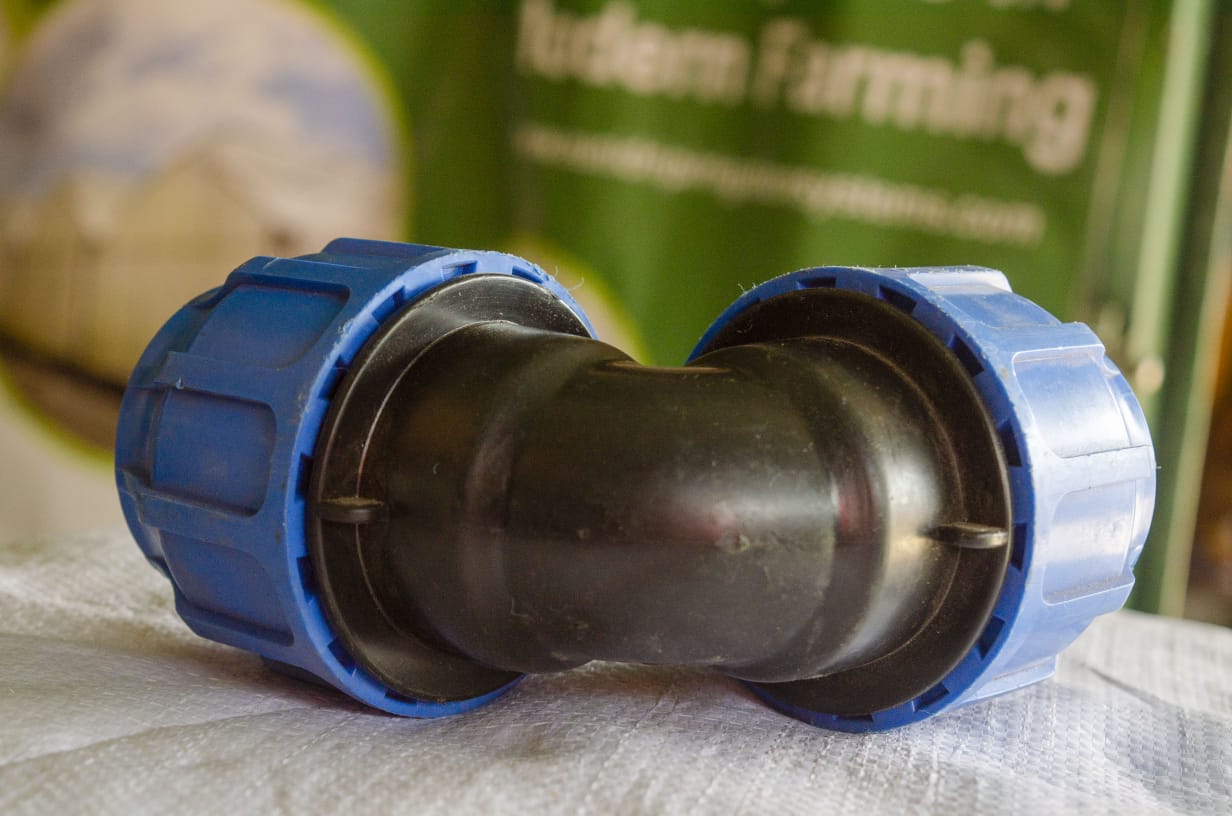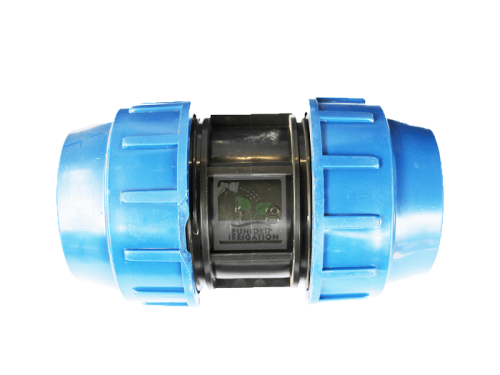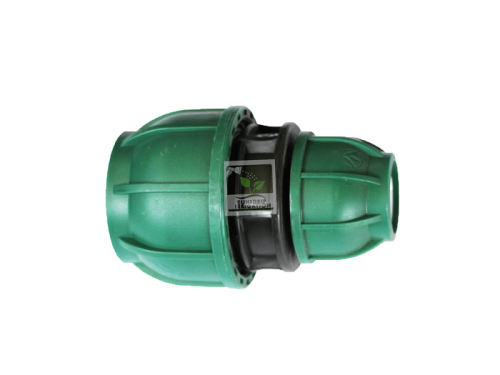Description
High-Density Polyethylene (HDPE) elbows are essential components in modern piping systems. Known for their flexibility, durability, and resistance to corrosion, HDPE elbows are commonly used in irrigation, plumbing, industrial applications, and other water management systems. In this article, we’ll explore what makes HDPE elbows such a valuable choice, their applications, benefits, and sizing options.
What is an HDPE Elbow?
An HDPE elbow is a type of pipe fitting used to redirect the flow in a piping system. Made from high-density polyethylene, these elbows provide a flexible yet sturdy solution for creating bends, often at 90 or 45 degrees, in HDPE pipes. Available in sizes ranging from as small as 20 mm to as large as 110 mm, HDPE elbows cater to diverse applications where a change in direction is necessary.
Key Benefits of HDPE Elbows
- High Durability and Flexibility: HDPE is highly resistant to impact and mechanical stress, making it a great choice for systems that undergo regular pressure fluctuations or external load-bearing forces.
- It remains flexible yet durable, even in low temperatures, and can withstand external loads without cracking.
- Corrosion and Chemical Resistance:
HDPE is resistant to a wide range of chemicals and does not corrode, unlike metal fittings. This makes HDPE elbows an excellent choice for systems handling corrosive substances or wastewater, as well as in agricultural settings where they may be exposed to fertilizers and other chemicals.
- Leak-Resistant Connections:
HDPE elbows, when fused properly, create tight, leak-proof connections that significantly reduce the risk of leaks. This quality is particularly important for underground installations, where leakage detection and repairs can be difficult and costly.
- Lightweight and Easy to Install:
Compared to metal, HDPE elbows are lightweight, making transportation, handling, and installation easier. They can be installed create a seamless, monolithic joint.
- Longevity and Low Maintenance: HDPE has a long service life, often exceeding 50 years under standard conditions. The material’s durability means fewer replacements and repairs, resulting in a low overall maintenance cost over the lifetime of the system.
Common Applications of HDPE Elbows
- Irrigation Systems: HDPE elbows are widely used in irrigation systems, particularly drip and sprinkler setups, due to their corrosion resistance and adaptability to various pipe sizes.
- Water Distribution Networks: In water supply systems, HDPE elbows provide efficient connections in pipes carrying potable water. Their leak-proof joints prevent contamination and preserve water quality.
- Wastewater and Sewage Systems: In wastewater treatment plants and sewage systems, HDPE elbows are used to manage flow direction while standing up to harsh chemicals and pressure variations.
- Industrial Piping: Industries dealing with chemicals, oil, and gas commonly use HDPE elbows to prevent leaks and corrosion, providing reliable and safe piping networks.
HDPE Elbow Sizes and Specifications
HDPE elbows come in a wide range of sizes to meet specific application requirements, such as desired flow rates and the main pipe diameter. Commonly available in sizes from 20 mm to 110 mm, they cover small-scale residential setups to large-scale industrial applications. Below is an overview of some typical sizes and their applications:
- 20 mm to 32 mm: Ideal for smaller piping systems, such as in residential or small-scale irrigation setups.
- 40 mm to 63 mm: Suitable for medium-scale water supply and irrigation applications.
- 75 mm to 110 mm: Used in larger-scale installations, such as municipal water systems and industrial piping networks.
Each size offers unique advantages depending on flow capacity, fitting requirements, and space constraints within the system.
| HDPE Elbow Size | Angle | Average Price (KSHS) |
| 20 mm | 90° | 180 |
| 20 mm | 45° | 150 |
| 32 mm | 90° | 280 |
| 32 mm | 45° | 250 |
| 40 mm | 90° | 350 |
| 40 mm | 45° | 320 |
| 50 mm | 90° | 700 |
| 50 mm | 45° | 650 |
| 63 mm | 90° | 950 |
| 63 mm | 45° | 900 |
| 75 mm | 90° | 2200 |
| 75 mm | 45° | 1850 |
| 90 mm | 90° | 2500 |
| 90 mm | 45° | 2300 |
| 110 mm | 90° | 3650 |
| 110 mm | 45° | 3400 |
Types of HDPE Elbows
- 90-Degree Elbows: The most common type, used when a sharp turn is required. This elbow is suitable for applications where a directional change of 90 degrees is necessary without compromising flow efficiency.
- 45-Degree Elbows: Provides a gentler change in direction, minimizing pressure loss and maintaining smoother flow.
Installation Tips for HDPE Elbows
- Ensure Clean Surfaces: Before fusing, both the pipe and the elbow surfaces should be thoroughly cleaned to remove any dirt or contaminants that could affect joint integrity.
- Proper Alignment: For electrofusion and butt fusion, align the pipes and fittings correctly to avoid stress points and leaks.
- Use the Right Temperature and Pressure: Follow the manufacturer’s guidelines on temperature and pressure to achieve the best results in the fusion process.
Conclusion
HDPE elbows provide a flexible, durable, and efficient solution for changing pipe direction in diverse applications. Their resilience to corrosion, chemicals, and impact, combined with a range of sizes from 20 mm to 110 mm, make them an optimal choice for irrigation, industrial, and water distribution systems. With proper installation, HDPE elbows offer a long-lasting, leak-proof, and low-maintenance option for any piping network.




